Inside the Controversy: The Truth About Viral TikTok Bans
TikTok has become one of the most powerful platforms on the internet. It has launched music careers, created overnight celebrities, and changed how people consume content. But as its influence has grown, so have the controversies surrounding it. One issue that keeps surfacing, sparking outrage and confusion, is the banning of viral TikTok accounts and content.
Why are some of the most popular videos and creators suddenly disappearing? What’s really going on behind the scenes? And who decides what stays up and what gets taken down?
Let’s take a closer look inside the real reasons behind viral TikTok bans, the truth behind the policies, and how this ongoing controversy is shaping the future of social media.
The Rise of TikTok and Its Growing Power
Since its global breakout in 2020, TikTok has been more than just a trend. It has redefined what viral content looks like and made short-form video the dominant format in digital media. It’s now a place where teens, influencers, celebrities, educators, and even politicians go to reach mass audiences quickly.
With that power comes a certain level of responsibility. As TikTok grew, so did the scrutiny. Governments, advocacy groups, and users started raising concerns about the app’s policies, especially around censorship, misinformation, safety, and algorithmic control.
And that’s where the controversy really begins.
Why Are Viral Videos Getting Banned?
One of the most frustrating experiences for creators is when a video goes viral, gains millions of views, and then suddenly gets removed. Even worse, entire accounts are sometimes banned without warning, leaving creators with no clear understanding of what they did wrong.
So what are the reasons behind these bans?
1. Community Guidelines Violations
TikTok, like most major platforms, has a long list of community guidelines that cover everything from hate speech and nudity to misinformation and dangerous challenges. If a video is flagged by users or detected by the system as violating these guidelines, it can be removed.
However, the problem is that the enforcement of these guidelines often feels inconsistent. Some creators say they’ve had content taken down for harmless jokes, while similar videos from bigger influencers remain untouched.
This inconsistency has led to accusations that TikTok favors certain creators or types of content over others.
2. Automated Moderation Errors
Much of TikTok’s moderation is handled by artificial intelligence and automated systems. These tools are designed to flag content that might break the rules, but they are far from perfect.
Many creators have had videos removed that clearly didn’t violate any rules. In some cases, the system misinterprets a word, a background image, or even body movement as inappropriate. Since these errors happen fast and without warning, creators often find themselves banned with little recourse.
The appeal system exists, but it’s not always effective. And by the time an appeal is processed, the momentum behind a viral video is already lost.
3. Mass Reporting by Trolls or Fans
In the world of social media, mass reporting has become a weapon. If a group of users doesn’t like a creator or disagrees with their content, they can report the account en masse, triggering an automatic review or suspension.
This tactic is especially common during online drama, political disagreements, or when creators gain quick popularity. TikTok’s system is designed to take mass reports seriously, but it often leads to innocent accounts being caught in the crossfire.
Some creators have even said they’ve been targeted by organized attacks from rival fan bases or online trolls, leading to temporary or permanent bans.
4. Political and Cultural Pressure
In some cases, TikTok bans are not just about community guidelines—they’re about politics. The platform has faced criticism for censoring content related to sensitive political topics, particularly in certain regions of the world.
From protests to human rights issues, there have been reports that TikTok removes or suppresses content that might upset governments or contradict specific cultural narratives. This raises serious concerns about freedom of speech and the role social platforms play in controlling public discourse.
The Impact on Creators and Communities
Getting banned on TikTok can be devastating for creators. For many, their TikTok account is not just a hobby—it’s their livelihood. Losing access to a platform they’ve built over months or years can mean lost income, lost partnerships, and lost opportunities.
Even temporary suspensions can kill momentum. In the fast-paced world of short-form content, timing is everything. One viral moment can change a creator’s career, and losing that momentum due to a ban often means starting over.
Beyond individual creators, these bans can have a chilling effect on the platform’s wider community. When users see content being removed without explanation or consistency, they start to self-censor. They begin avoiding certain topics or styles out of fear of being banned. This ultimately limits creativity and weakens the diversity of content on the platform.
Is TikTok Being Held Accountable?
TikTok has made several public statements promising more transparency and fairness in its moderation practices. The platform has rolled out new features like content warnings, updated appeal processes, and more detailed explanations for takedowns.
Still, many users believe these changes are surface-level. While TikTok continues to promise fairness, the number of controversial bans and unexplained suspensions only seems to grow.
Some critics have called for third-party oversight or independent audits to ensure that TikTok is enforcing its rules fairly and not using its policies to protect certain narratives or silence others.
What Can Creators Do to Protect Themselves?
If you are a creator on TikTok, avoiding a ban is not always within your control—but there are some things you can do to reduce the risk.
- Stay informed: Read and understand the community guidelines. TikTok updates them often.
- Avoid risky content: Stay away from misinformation, violent trends, or sensitive political content unless you are fully prepared to deal with the consequences.
- Diversify platforms: Don’t build your entire brand on one app. Grow your audience across platforms like Instagram, YouTube, and Kick to stay protected.
- Back up your content: Always save your videos offline. If you get banned, having your content archived can make rebuilding easier.
- Engage responsibly: Avoid unnecessary drama or provocation. The more attention you draw, the more likely you’ll get reported by trolls or haters.
The Bigger Picture
At its core, the controversy around viral TikTok bans is not just about one platform. It’s about the future of online expression. As more people use social platforms to speak, entertain, and make a living, the power those platforms hold becomes enormous.
Who gets to decide what is acceptable speech? What happens when those decisions are automated, inconsistent, or biased? And what does it mean when platforms can remove voices without clear accountability?
These are not just TikTok questions—they are questions every digital platform will face in the years ahead.
Final Thought
The truth about viral TikTok bans is layered. Yes, some are justified. But many are not. As TikTok continues to shape pop culture and dominate the social media landscape, the pressure to be fair, consistent, and transparent will only grow.
Creators deserve clarity. Audiences deserve freedom. And platforms must recognize the influence they hold. Until then, the controversy around TikTok bans is unlikely to disappear.
Stay in touch to get more news & updates on Wheonx!
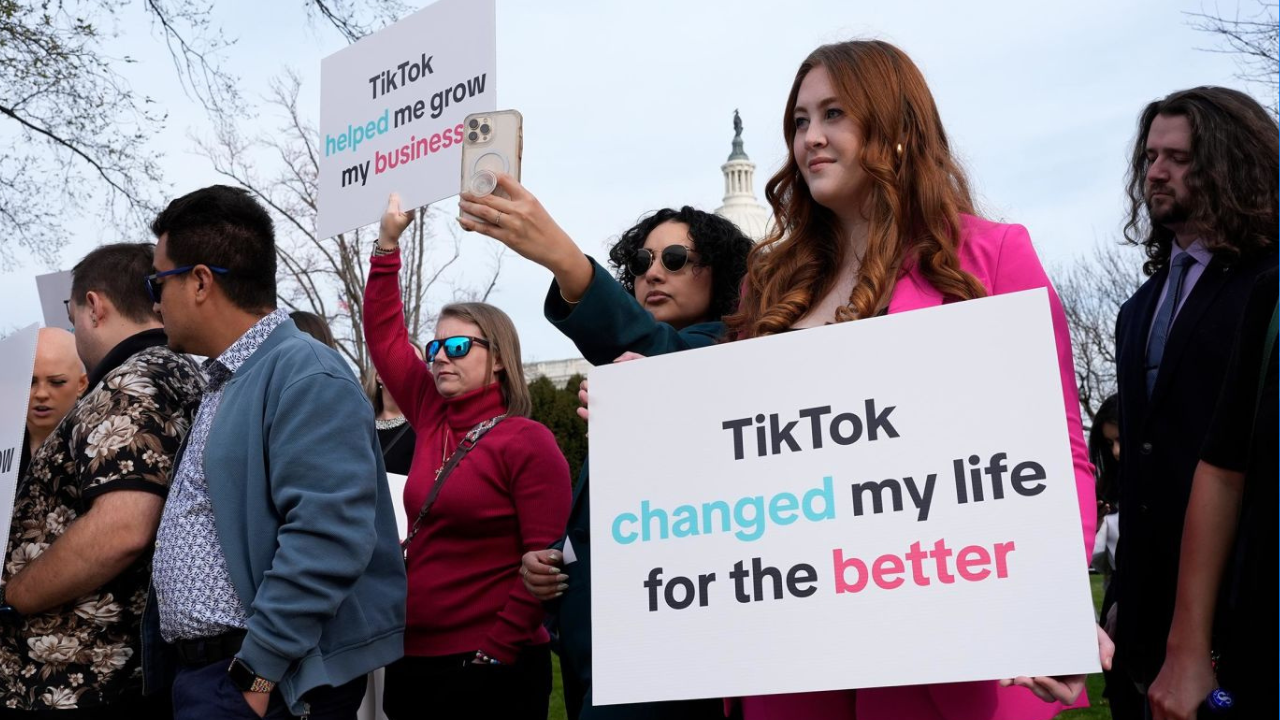

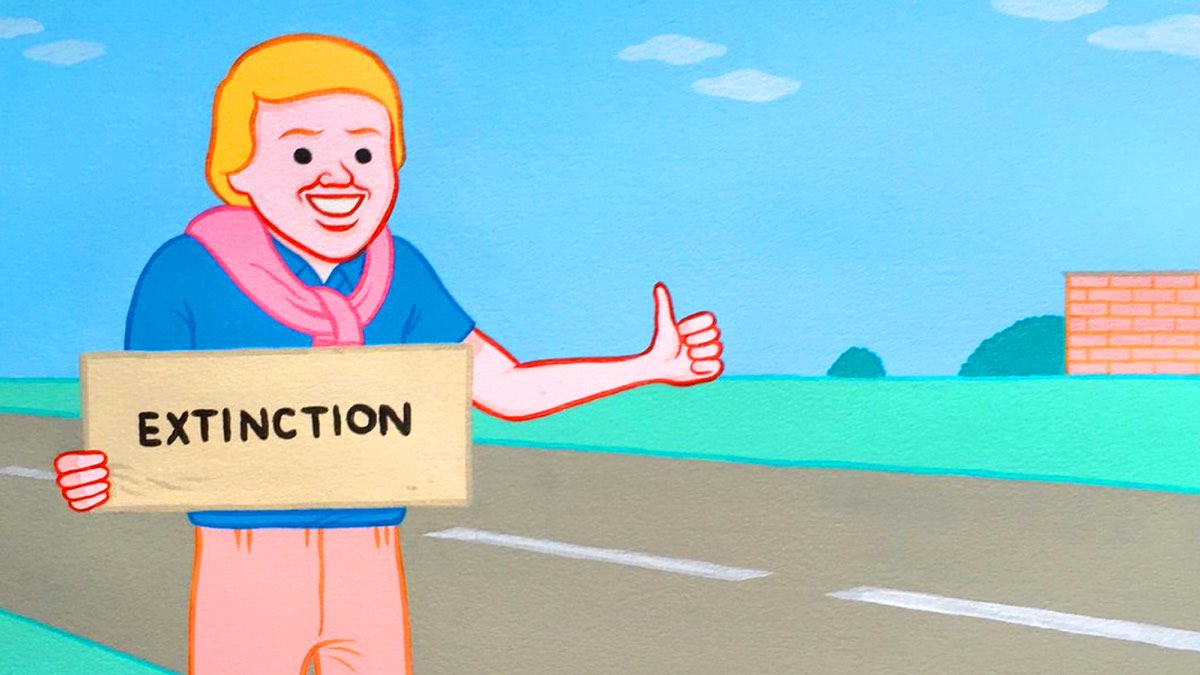
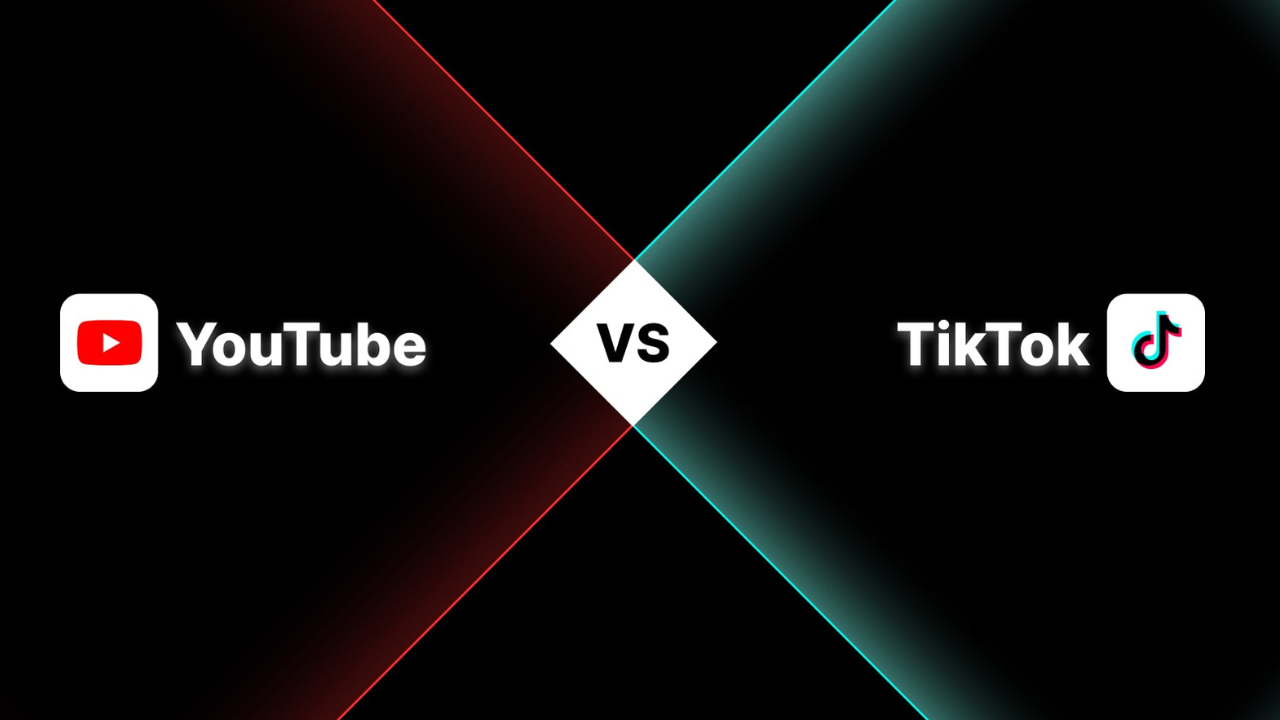


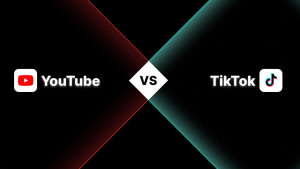

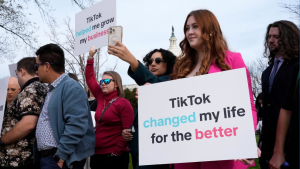
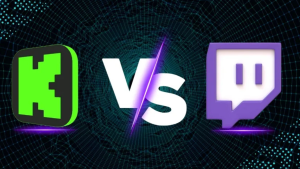

Post Comment